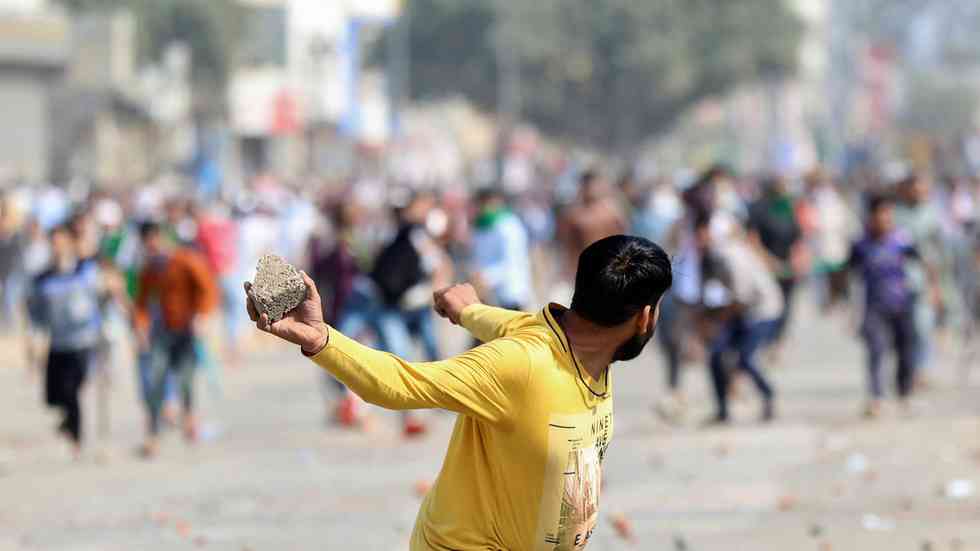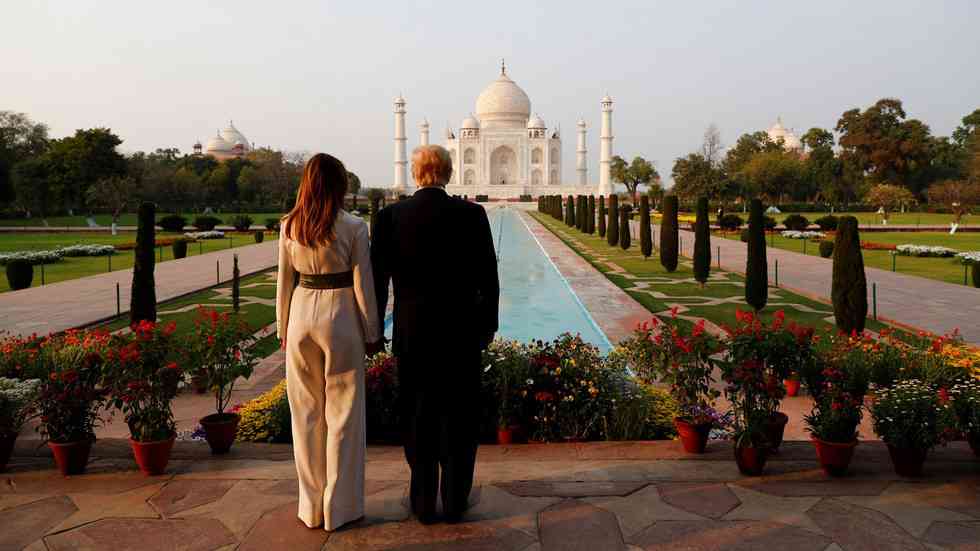
A police officer and six others were killed in days of violent clashes in India’s capital over a new citizenship law, which saw its supporters and opponents hurl stones at each other as the unrest went into a third day.
The intense clashes came as US President Donald Trump, having enjoyed a lavish welcome in Ahmedabad, arrived in the city on Monday evening as part of his 36-hour state visit to the country.
The violence that has gripped parts of India’s capital since Sunday has left over 100 people injured in addition to the seven killed as of Tuesday morning, according to News18.
The officer, 42-year-old Ratan Lal, succumbed to injuries after being struck by a stone during clashes in Gokalpuri, a district in northeast Delhi, which is now under a Section 144 order prohibiting public gatherings. The others killed are believed to have been demonstrators; two of them have yet to be identified in media reports.
In an effort to break up the clashes and disperse protesters on Monday, police fired tear gas into the crowds and carried out a number of baton charges in the districts of Jaffrabad, Maujpur, Chandbagh, Khureji Khas and Bhajanpura. While the unrest temporarily died down overnight, police continued to patrol the streets early on Tuesday morning, amid reports of additional skirmishes and stone-throwing between groups of protesters in what they deemed a “tense” situation.
